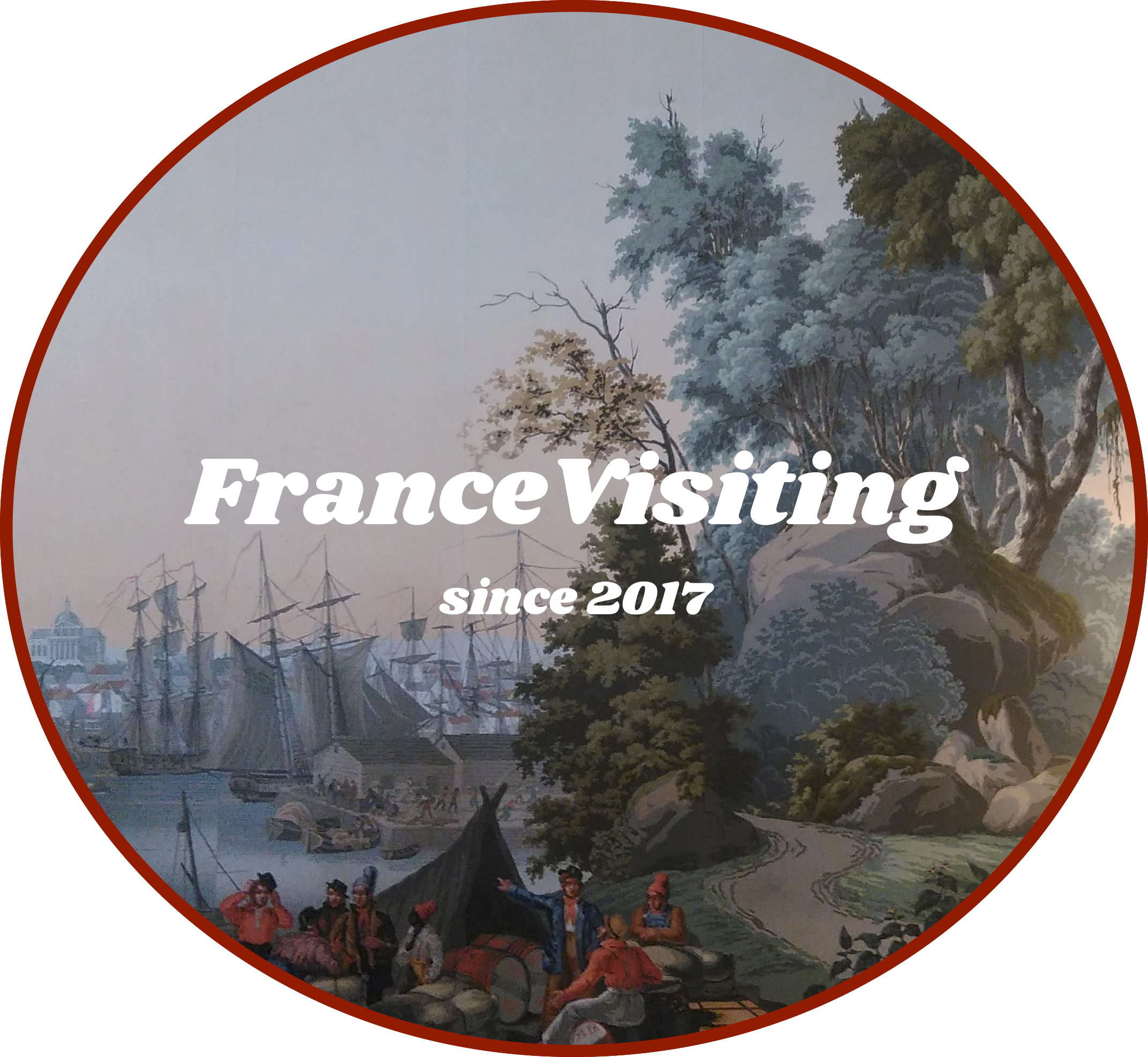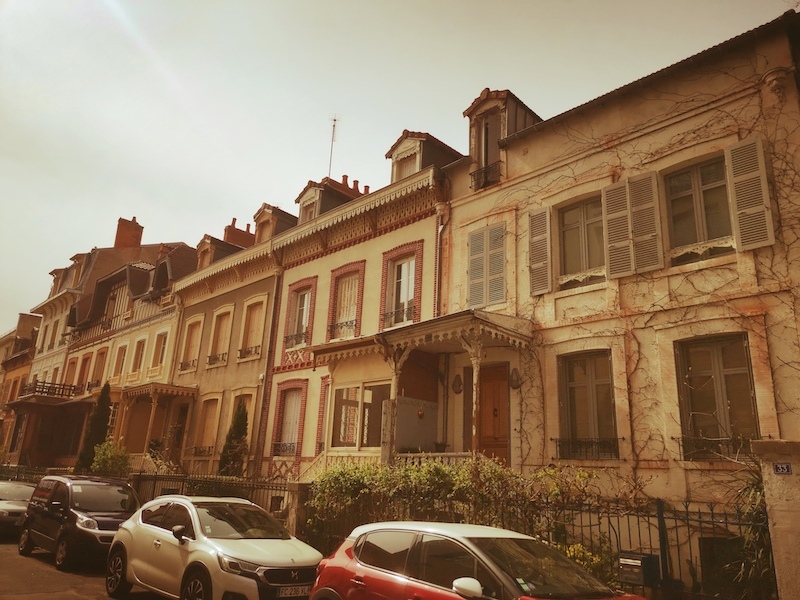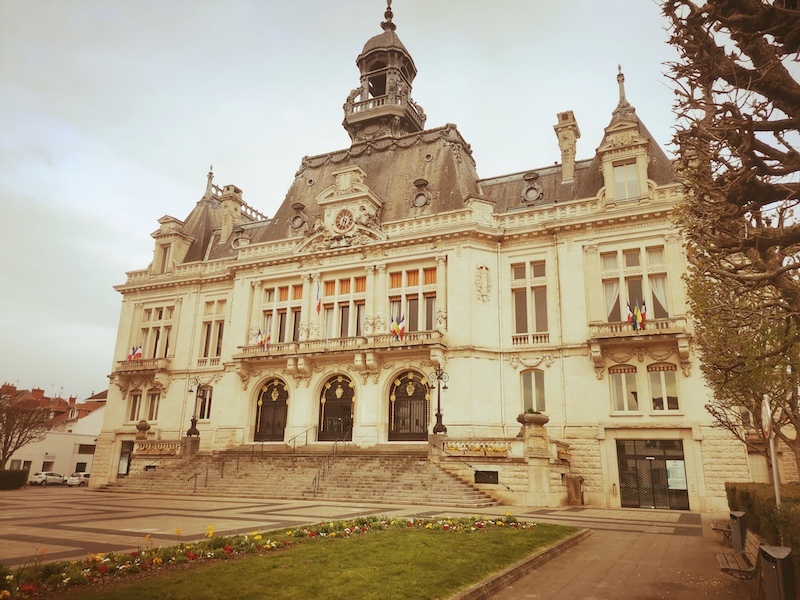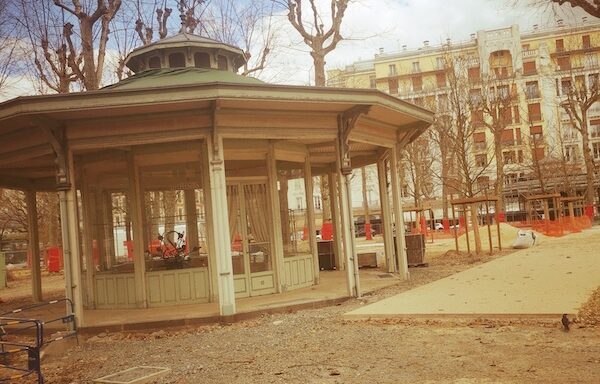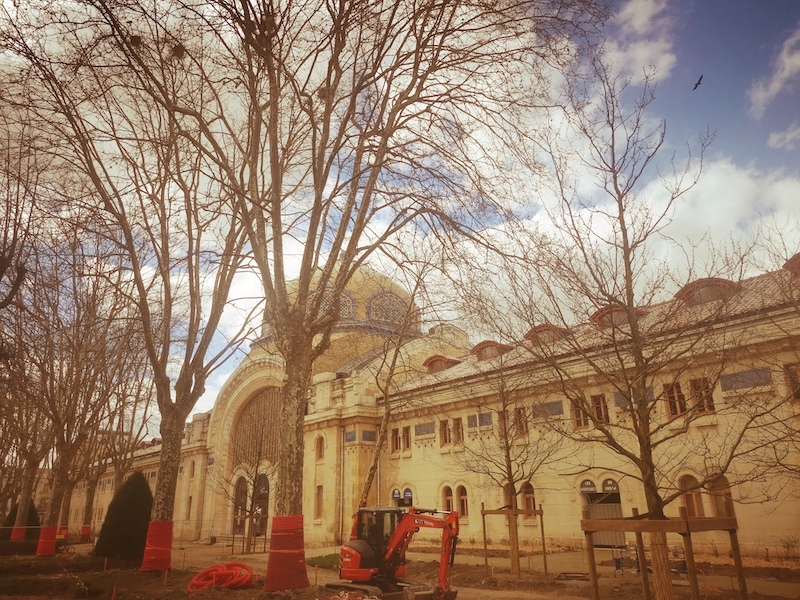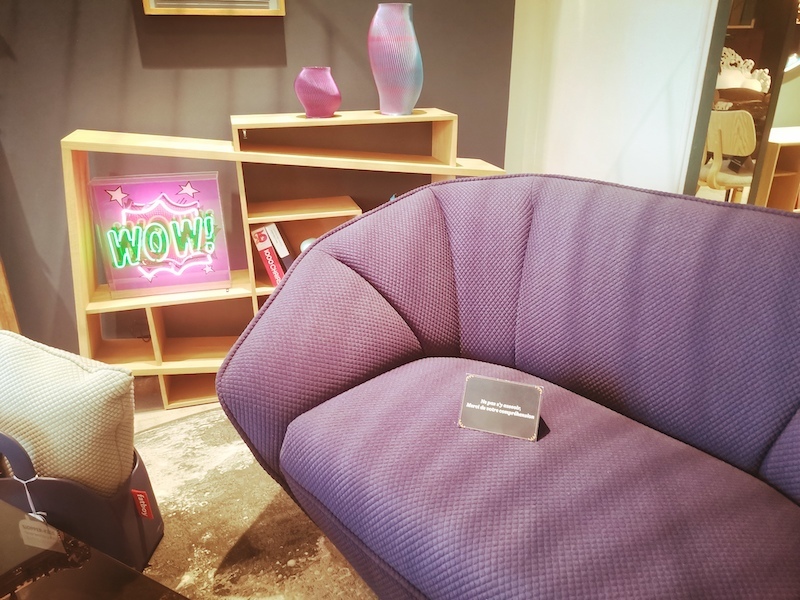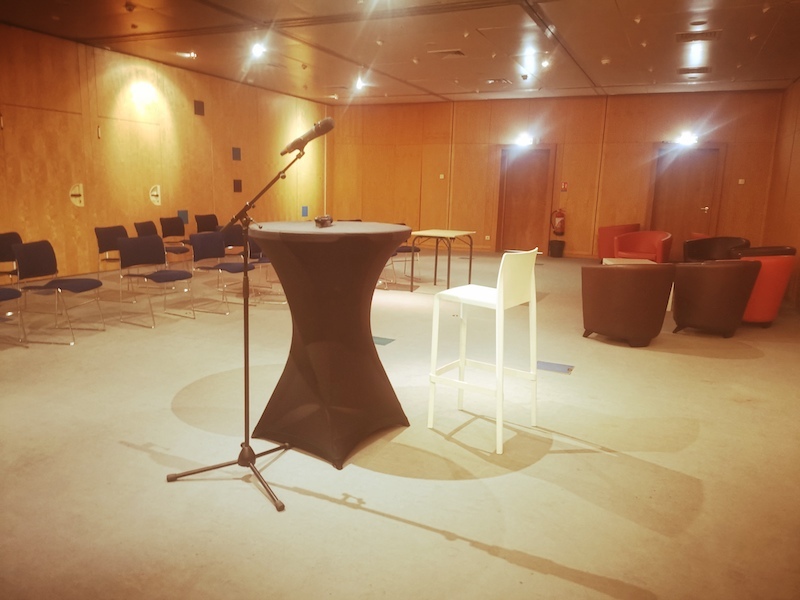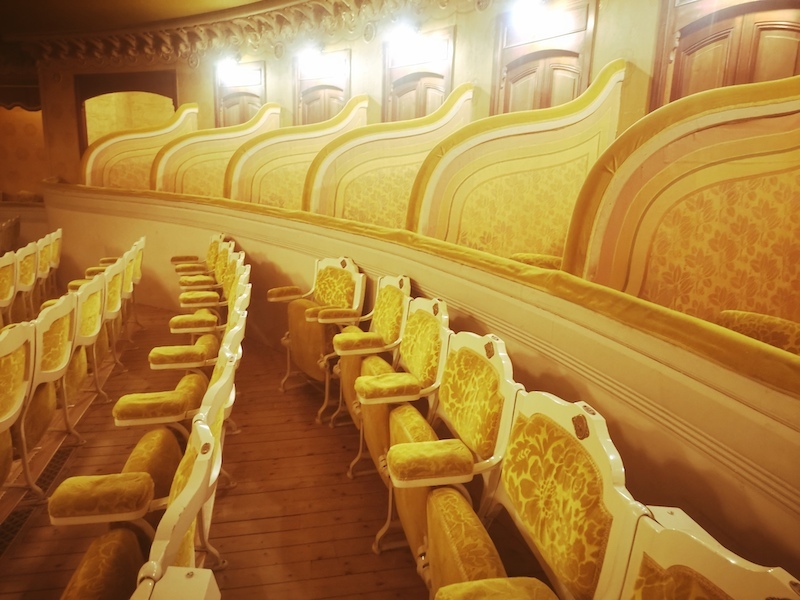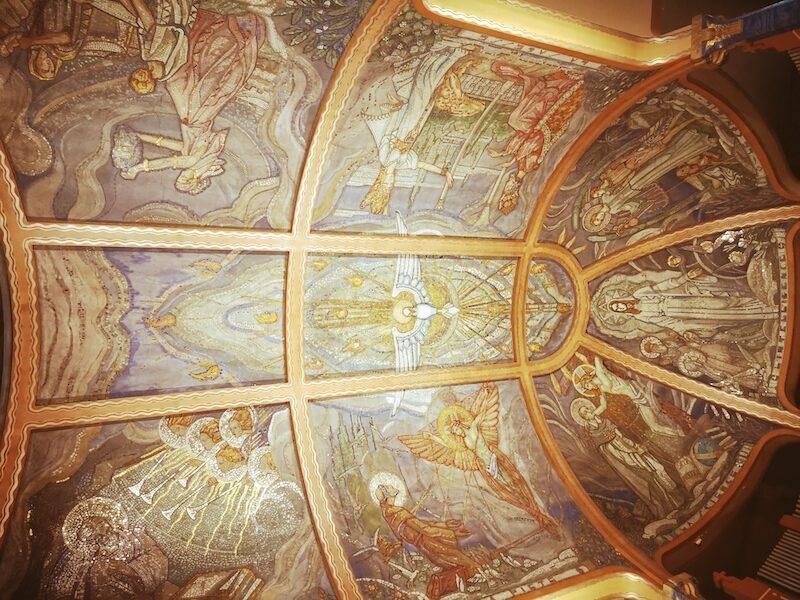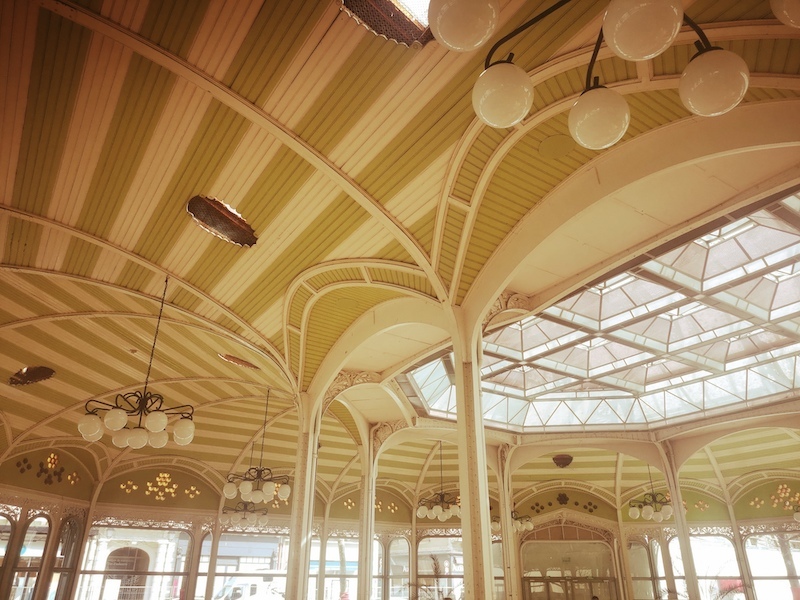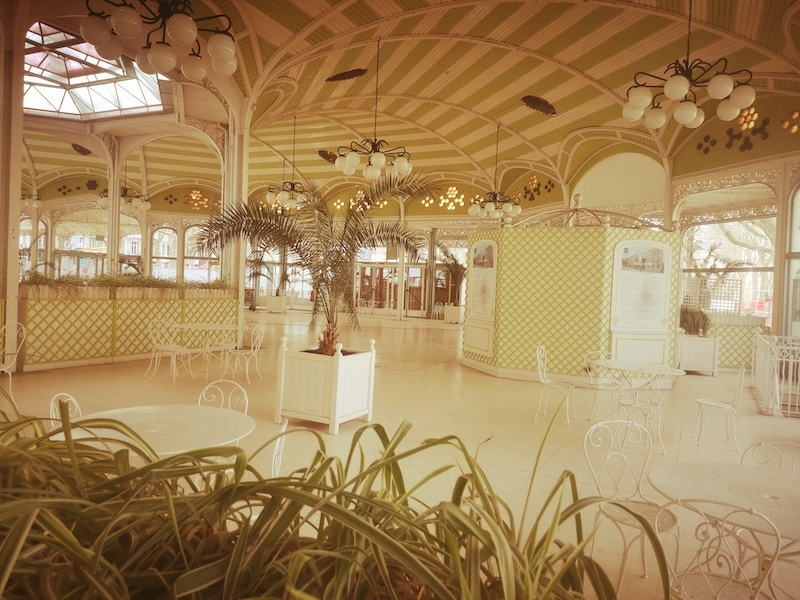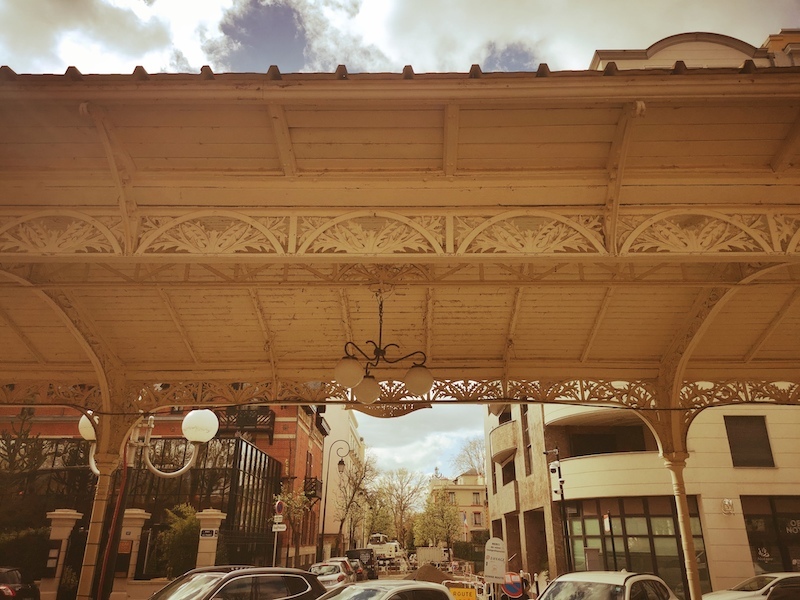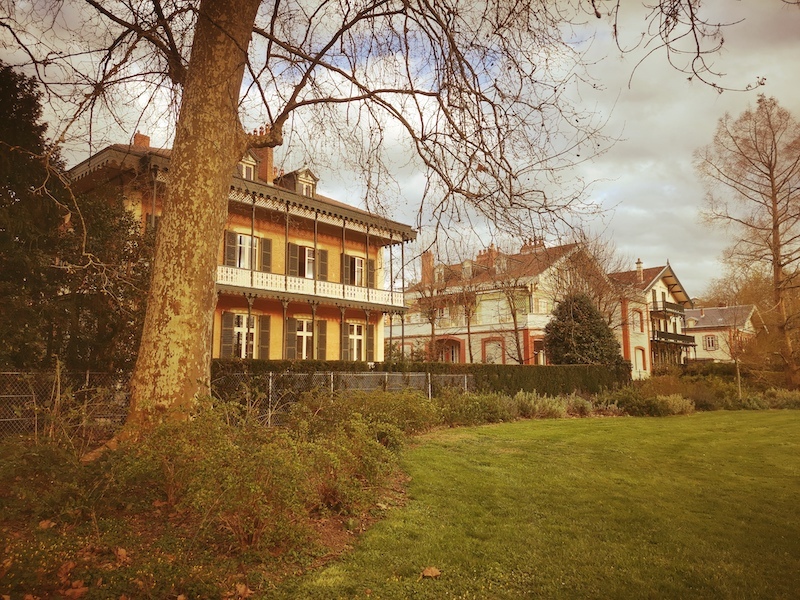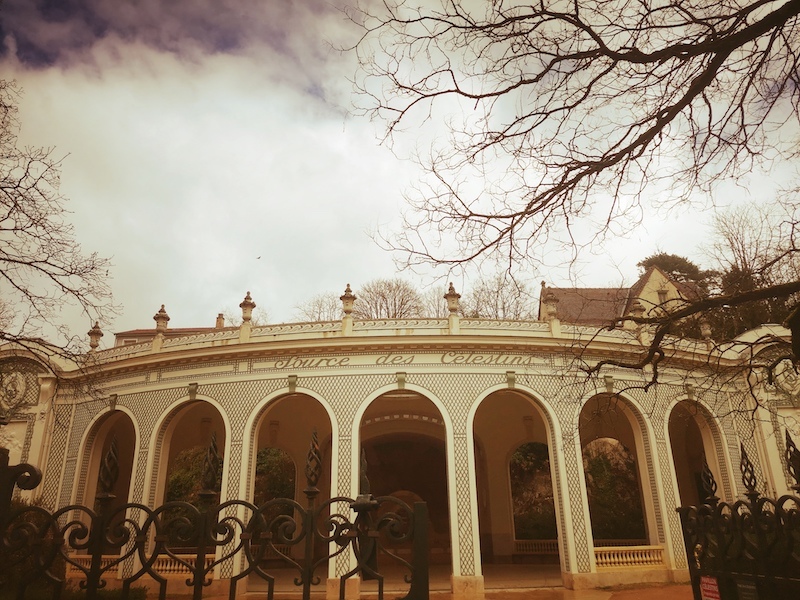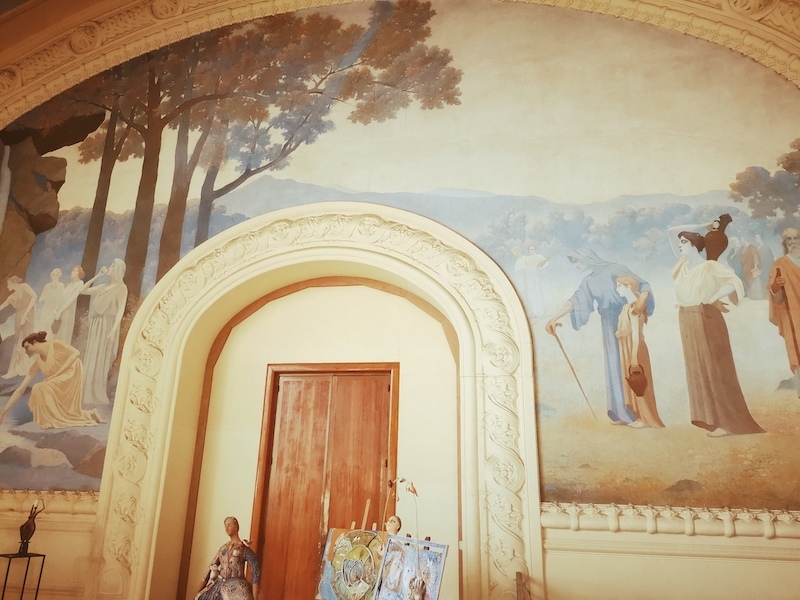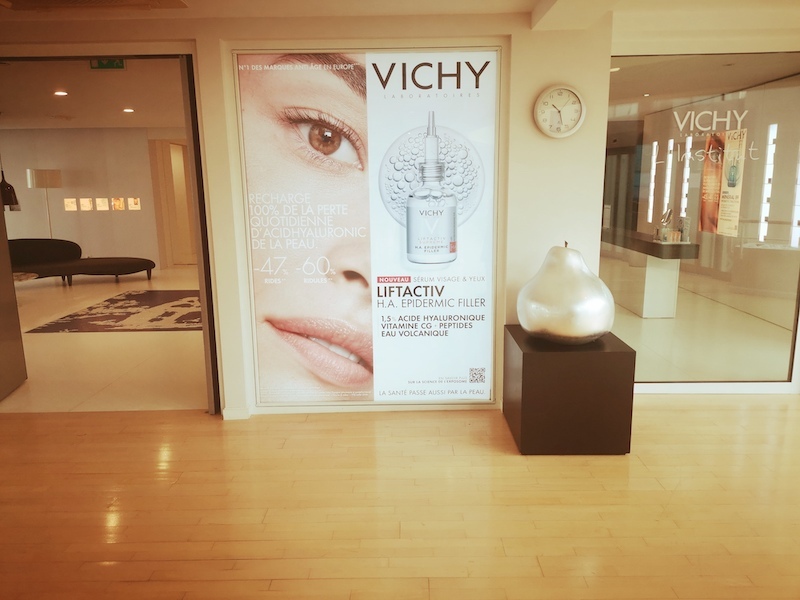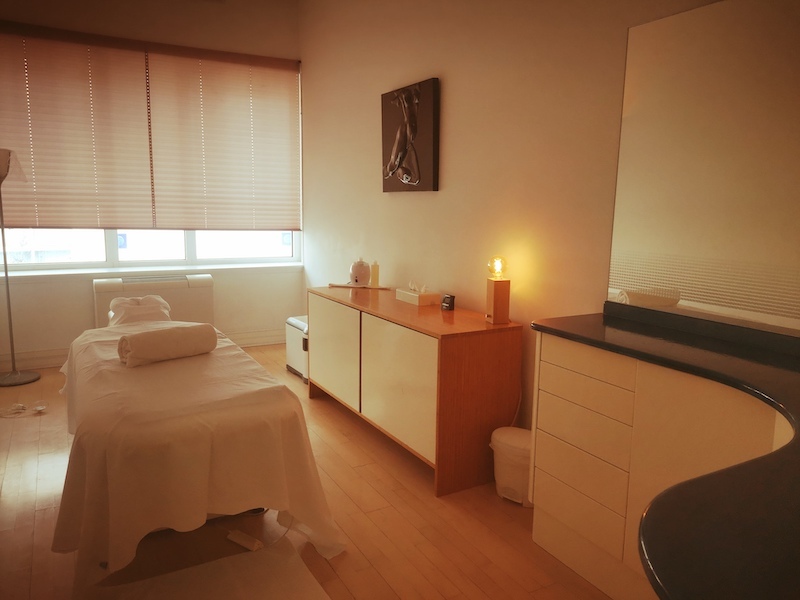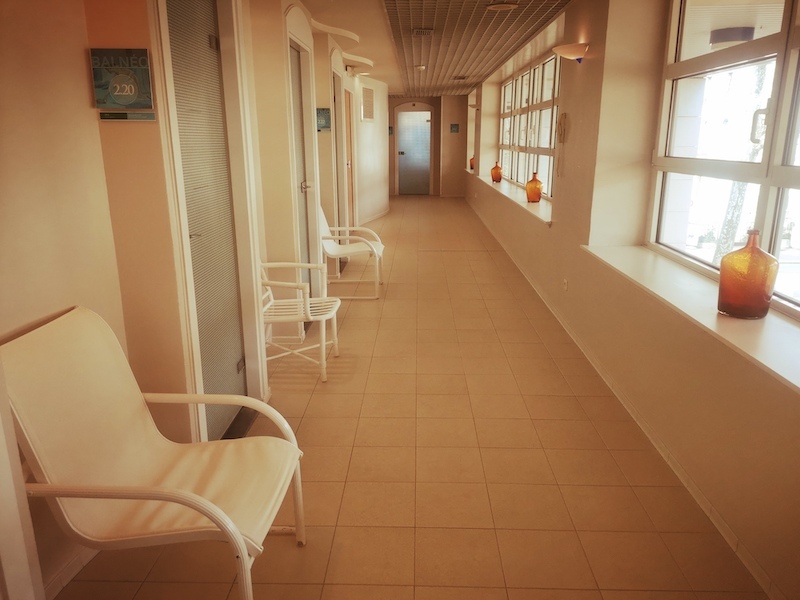Discovering the treasures of Vichy, from Art Nouveau and Art Deco until thermalism in Célestins

©


Located at the eastern end of the Limagne plain, on the eastern banks of the bucolic Allier river, Vichy is a city whose history and heritage are closely linked to the volcanism of the Chaîne des Puys.
This geological feature has provided Vichy with many thermal springs, transforming the city into a popular holiday resort since the Second Empire of Napoleon IIIrd.
Today, Vichy is known for its picturesque walks and architectural treasures, particularly emanating from its numerous Art Deco and Art Nouveau facades. Indeed, in this famous spa town, you may find a veritable open-air museum for architecture lovers.
There, you could admire a wide collection of architectural styles ranging from the mid-19th century to Art Nouveau and Art Deco. Visitors can discover magnificent villas, sumptuous thermal baths, the opera house and the old casino, each testifying to the stylistic evolution of the city over the decades. By AP


As far as we know, Vichy, known for its legendary thermal waters, counts this rich history that dates back to Roman times. Therefore, Romans called this place Aquis Calidis, meaning “hot waters”, in reference to the region’s natural thermal springs. However, the current name of the city comes from a nearby Gallo-Roman villa, Vipiacus (photo credits: AP).
However, it is only from the 17th century, that the therapeutic virtues of the Vichy‘s waters were rediscovered by the illustrious Madame de Sévigné, before undergoing a radical transformation in the Second Empire, thanks to the impetus of emperor Napoleon III.


Thus, suffering from rheumatism and kidney stones, the emperor decided to leave the official thermal spot of Plombières, in the Vosges, for Vichy. This is where from that time that he took no less than five cures there, from 1861 to 1866, thus contributing to the popularization of the city. That’s one of the reasons why Napoleon III undertook some extensive renovation work to make Vichy as the queen of spa resorts, rivaling Bath in England, Baden-Baden in Germany, or even Carlsbad in Bohemia (better known today as Karlovy Vary). In order to make this possible, he ordered by decree the construction of dikes to prevent any flooding from the Allier river, but also the creation of a new park, and the construction of a new city hall.


Thereafter, under the Third Republic, the Parc des Sources became the heart of Vichy. On July, 1865, the city was enriched with the Saint-Louis church and the Casino, marking the beginning of a period of prosperity. Thus, the Belle Époque was at its peak, and Vichy became a favorite meeting place for the European aristocracy, attracting visitors from all over the Old Continent. Unfortunately, those happy days were brutally interrupted by the two World Wars. In fact, the so-called Great War, then the Second World War and the German Occupation, put an end to this prosperous period. The joys and excitement of the Belle Époque came to an abrupt end, and Vichy underwent a profound transformation during these numerous years of conflict.


Nowadays, Vichy hosts a university and tends to renew its aura, while converting as a cosmopolitan city, managing in the meantime to preserve its rich heritage and modernize its infrastructures, especially in 2024. Nonetheless, Vichy wishes to continue benefiting from the aura of its famous natives, like the novelist Valéry Larbaud and the journalist Albert Londres. In this case, their literary and journalistic contributions maintain part of the city’s fame.
Whatever you focus on thermal springs, its architectural and cultural heritage, be ready to enjoy its multifaceted atmosphere, notably through a series of atypical stores. All of them make it a unique place, witness to the historical and lifestyle evolution of Vichy.


Also it’s a good occasion to rediscover the treasures of Vichy, that highlights many currents, notably from Art Nouveau to Art Deco. Indeed, this famous spa town of Vichy is a veritable open-air museum for architecture lovers, due to its rich collection of architectural styles, ranging from the mid-19th century until modern times. For instance, visitors can discover Art Nouveau style in many parts, with its sinuous lines and motifs, inspired by nature. This artistic movement, which emerged at the end of the 19th century, characterized by an organic and fluid esthetic, has left an indelible mark on Vichy. Therefore, several villas perfectly illustrate this style, with their decorated facades, with plant motifs, delicate shapes and their amazing interiors.


After the First World War, enthusiasm for Art Nouveau faded. Beliefs in the beauty of nature and the power of artistic instinct gave way to a more pragmatic and functional vision of architecture. By the way, the International Exhibition of Modern Decorative and Industrial Arts, held in Paris in 1925, marked the triumph of emerging Art Deco art style, that would dominate Vichy constructions during the interwar period. Art Deco is distinguished by its broken lines, geometric patterns and innovative use of reinforced concrete. The buildings of this period in Vichy are characterized by a certain functional simplicity that does not exclude elegance. The facades are decorated with stylized patterns, the volumes wear some kinds of harmonious and modern materials.


A visit to Vichy under the sign of Art Deco naturally begins with the Saint-Blaise Church. Built in 1931 by the architects Chanet and Liogier, this church is also called Notre-Dame des Malades, which was financed by donations from spa guests and the rich families of Vichy. Its bell tower, with a glass tile cross, rises 67 metres above the rooftops of the city. The exterior of the church, with its swollen dome and reinforced concrete volumes, surprises with its refined design. Inside, a profusion of mosaics, along stained glass windows and murals contrasts with the sobriety of the exterior, that give this religious place an unequaled robustness and modernity.


After visiting Saint-Blaise church, the Parc des Sources is an ideal place to understand how thermalism shaped Vichy. This park is surrounded by wrought iron galleries, that lead visitors from the Opera until the juicy Hall des Sources, where they could drink various holy waters. All around, don’t miss different grand palaces such as the Aletti or the Carlton, displaying friezes and sculpted decorations. At the southern end of the park, luxurious villas compete in extravagance, between neo-Gothic, Moorish and even Flemish styles. Therefore, emblems of Art Deco in Vichy invested many new constructions, in the 1920s and 1930s.


The Hôtel des Célestins, built in 1925, is one of the most emblematic ones. This corner building evokes an ocean liner cutting through the sea with its immaculate white lines. Indeed, the France district, entirely developed during the interwar period, offers a variety of Art Deco expressions in a handful of streets. There you will find stylized ironwork and bow windows, all adding relief to the facades. On Rue Jean-Baptiste Bulot, a house painted entirely in purple vibes, recalls the colorful Art Deco district of Miami Beach. The Petit Casino, transformed into the Valéry Larbaud center, preserves Art Deco stained glass windows, made by Francis Chigot, a master glassmaker from Limoges.


The Post Office, designed by Léon Azéma and built in 1935, is another remarkable Art Deco example. This building, with its vast rotunda and its stripped concrete cladding, wears architectural contrasts. Then, the banks of the Allier river, developed into beaches, extend this seaside atmosphere. Tree-lined parks, equipped with cycle paths draw a green crescent along the Allier river. These spaces, where the curists like to recharge their batteries, were developed under Napoleon III, who had the river dammed and created the first English-style park. That’s why don’t miss the Pavillon de la Source des Célestins, built in 1857, which oversees a drinking spring, nested in an artificial cave.
Vichy Tourist Office, 19 Rue du Parc 03200 Vichy (France) / Phone : 00 33 (0)4 70 98 71 94. More details on their official website.


Between tradition and modernity, the city of Vichy is mostly renowned for its thermal establishments. For example, the Thermes des Dômes, opened in 1903, have modern facilities for thermal cures and health journeys, focused on balanced diets. A privileged space, including a wellness part and swimming pools, is not far from an exhibition space. The more recent Thermes Callou were opened in 1990 and are entirely dedicated to thermal cures. Those baths have the latest care equipment and a large solarium terrace. They also offer “Bariathermes” Program for people who have undergone bariatric surgery, and the “PACS” Program for women in complete remission from breast cancer.
Thermes Les Dômes Vichy, 132 Boulevard des États Unis, 03200 Vichy (France) / Phone : 00 33 (0)800 30 00 63. More details on their official website.


As you can see, Vichy is a city where Art Nouveau and Art Deco harmoniously blend, each telling a part of the city’s architectural history. Each part bears witness to the evolution of tastes and techniques over time, as can as well testifies the Vichy Célestins SPA resort. Thus, this SPA, operated by L’Oréal, offers a unique experience for those seeking relaxation, thanks to a space entirely dedicated to letting go. This wellness center offers turnkey stays, perfect for recharging your batteries. In addition to these services, discover a range of signature treatments, such as the four-hand shower, a stimulating synchronized massage, managed by two masseurs under a rain of mineral hot thermal water.


Apart from this, why not testing the Vegetal-Mineral Mud Wrap? This treatment also uses hot thermal mud applied to the back and joints, for a true sensation of well-being. Rich in trace elements and mineral salts, this mud is prepared from white clay from the region, macerated for over a month in Vichy thermal water. Then, the Mineral 89 Facial Treatment is a beauty ritual that highlights the Mineral 89 booster, composed of thermal water but also hyaluronic acid. Known for its fortifying and regenerating properties, thermal water sprays prepare the skin for the application of this treatment, for a plumped and hydrated skin, displaying some visible radiant complexion.
Vichy Célestins SPA, 111 Boulevard des États Unis, 03200 Vichy (France) / Phone : 00 33 (0)4 70 30 82 00. More details on their official website.
